 Image: A YouTube Tutorial from the Future, Vytautas Jankauskas
Image: A YouTube Tutorial from the Future, Vytautas Jankauskas
A YouTube Tutorial from the Future
Vytautas Jankauskas
A YouTube Tutorial from the Future appears to be almost identical to the current one: a person breathing straight into a shaky camera microphone, explaining his hacked together process, to solve a specific practical concern. The YouTuber shows how to grow food, filter harvested water, or stick a European plug into British socket with a plastic fork.
Our everyday experience of technology verges on the mundane. It accommodates a secondary set of behaviours and experiences, a world away from the struggles of many lived realities. Technology companies are engaged in spam-warfare, the race is on to build the best self-driving car traffic jams in overpopulated smart cities. The competition to construct a laundry robot that can distinguish a shirt from a kitchen towel and fold both meticulously. A home smart-lock that can out-smart a burglar, and more often than not, the homeowner. Maybe a climate control with an integrated 24/7 night vision camera storing images of your life on a server? You can always go premium if you want to see what you did last night.
We are faced with slick renders of products and services designed to own us, instead of being owned. Slavery manifests as fast fashion, state surveillance is framed as universal safety. The major issues we thought we had solved through compromises, workarounds, and revolutions, are emerging from the shadows of convenience and seamlessness. If this trajectory persists, which is looking highly likely, the old world’s threats might just sneak up on us from behind. Limited access to vital resources, food scarcity due to climate change, increased local racism, and conflicts motivated by xenophobia. In this world, things we currently consider irrelevant, tools for the developing world, tools for survival, might just happen to become our life savers again.
A YouTube Tutorial from the Future is about alternatives. It is about taking a stance in a world where promoted conveniences no longer match our values. A water filter becomes a tool for resistance in developed societies, when all of the water is commercialized. Home-grown food serves as means to fight climate change, when governmental infrastructures and supply chains fail due to their inability to make core decisions in time. A hacked power supply manifests universal access in a world where people are continuously being convinced they have already been granted one. It is a tutorial about stealth Jugaad, innovating with what you have to preserve the freedom of choice.
A YouTube Tutorial from the Future does not look very different, though it might be in post-K five dimensional resolution. Or you can watch it on your smart fridge that has just sent a report on how many Coke’s you had to your insurance company. It then automatically ordered a few more. Sugar is money. Other users also bought a fitbit. Click below to see more things recommended for you.
The vast majority of useful inventions already exist. Instead of rigorously innovating, maybe it’s time to take a step back, open up the designs of our most promising creations, and let people make real use of them. Technology is at its most avant-garde when it is used in ways the designers did not foresee. For all of our sakes, I hope that most designers would agree with this. A YouTube Tutorial from the Future is about providing templates; open-source DIY frameworks that will give people the opportunity to modify and adapt to their own particular contexts, engineer to their needs, to synchronize with their culture, and integrate their value systems.
Whether it’s solving current issues, or providing responses to scenarios that do not yet exist, DIY tutorials encourage agency rather than claim authority. In the face of a range of rapidly approaching, messy, turbulent futures; it will become even harder to provide solutions without compounding our problems. We should champion knowledge distribution through Jugaad inspired, bottom-up experimentation, risk-taking and failure. Rather than hiding complex systems behind black boxes, flattened user interfaces, smoke and mirrors. This will be key to equilibrium and communal survival. Not everyone will be willing to make things, but they should at least have access, and the opportunity.
It will not all just be about survival, things will eventually become more beautiful and serve various needs, therefore industry might as well become more open-design oriented and find ethical ways to survive from it. A YouTube Tutorial from the Future is therefore a movement for the further liberalisation of design authorship, where personal ambitions give way to collaborative agency.
I would like to acknowledge Jake Charles Rees for valuable contributions, thoughts and insights to this piece.
